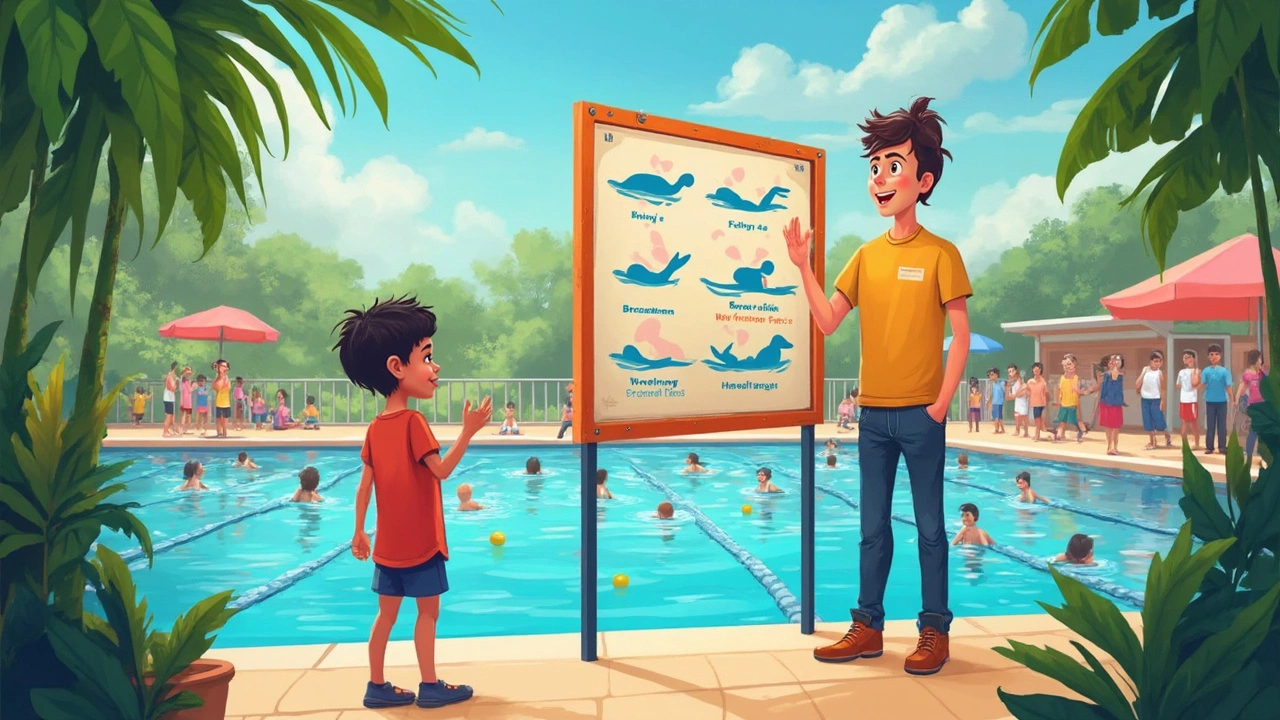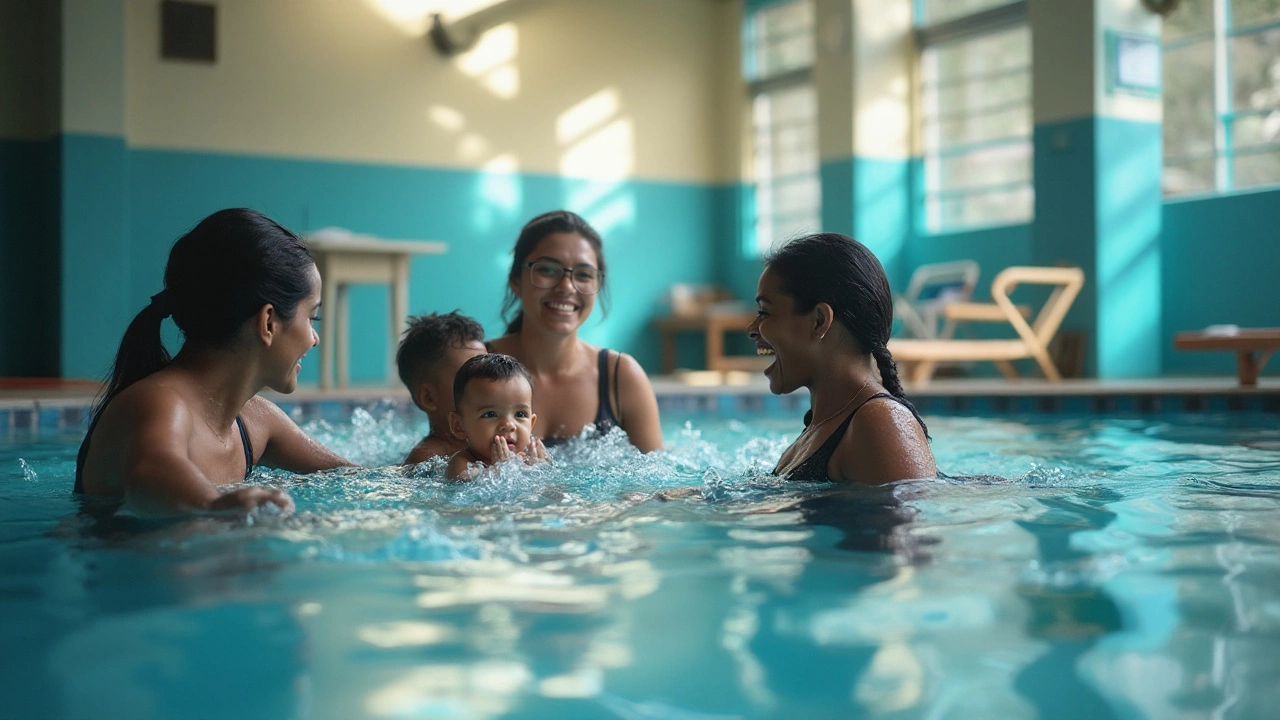Learning to Swim: Simple Steps to Get You in the Water Confidently
Ever felt the water but didn’t know where to start? You’re not alone. Many people think swimming is hard, but the basics are easy once you break them down. In this guide we’ll cover the must‑know moves, safety checks, and gear that will get you comfortable in the pool fast.
Get Comfortable with the Basics
First thing: learn to relax. Walk into the shallow end, let the water rise to your chest, and practice breathing out through your mouth while your face is in the water. Do a few gentle kicks with a kickboard or a float belt if you have one. The goal is to feel the water supporting you, not pushing you down.
Floating is the next key skill. Lie back, spread your arms and legs, and keep your head back so your ears are underwater. Think of you as a log – let the water hold you up. It may feel strange at first, but a few minutes of practice will make it feel natural.
Once you can float and exhale, add the simple flutter kick. Keep your legs straight but relaxed, and snap them up and down from the hips. Pair the kick with the breathing rhythm you already practiced. You don’t need fancy strokes yet – just a steady rhythm.
Build Your Stroke Skills
When you’re ready, try the front crawl (also called freestyle). Start with the arm movement: reach forward, pull the water back toward your hip, and bring your hand out of the water to repeat. Alternate arms while keeping your kick steady. Keep your head low, turning it side‑to‑side to breathe every two or three strokes.
If the front crawl feels too fast, switch to the breaststroke. It uses a simultaneous arm pull and a frog‑like kick. Pull the water in a wide “U” shape, bring your elbows forward, and then kick by bringing your heels toward your buttocks and snapping the legs out. This stroke is slower but great for beginners because it gives you more time to think about each movement.
Don’t forget to practice turning at the wall. A simple “open turn” works: when you reach the wall, flip your body, push off with both feet, and glide into your next lap. It’s safer than trying a somersault flip until you’re more experienced.
Finally, always end each session with a cool‑down. Float, stretch your arms overhead, and take deep breaths. This helps your muscles relax and reduces the chance of cramps.
With these steps – relaxation, floating, basic kicks, and a simple stroke – you’ll be swimming confidently in no time. Remember, consistency beats intensity. A few minutes in the pool each day beats one long, tiring session once a week. Grab a swim cap, stay safe, and enjoy the water!

